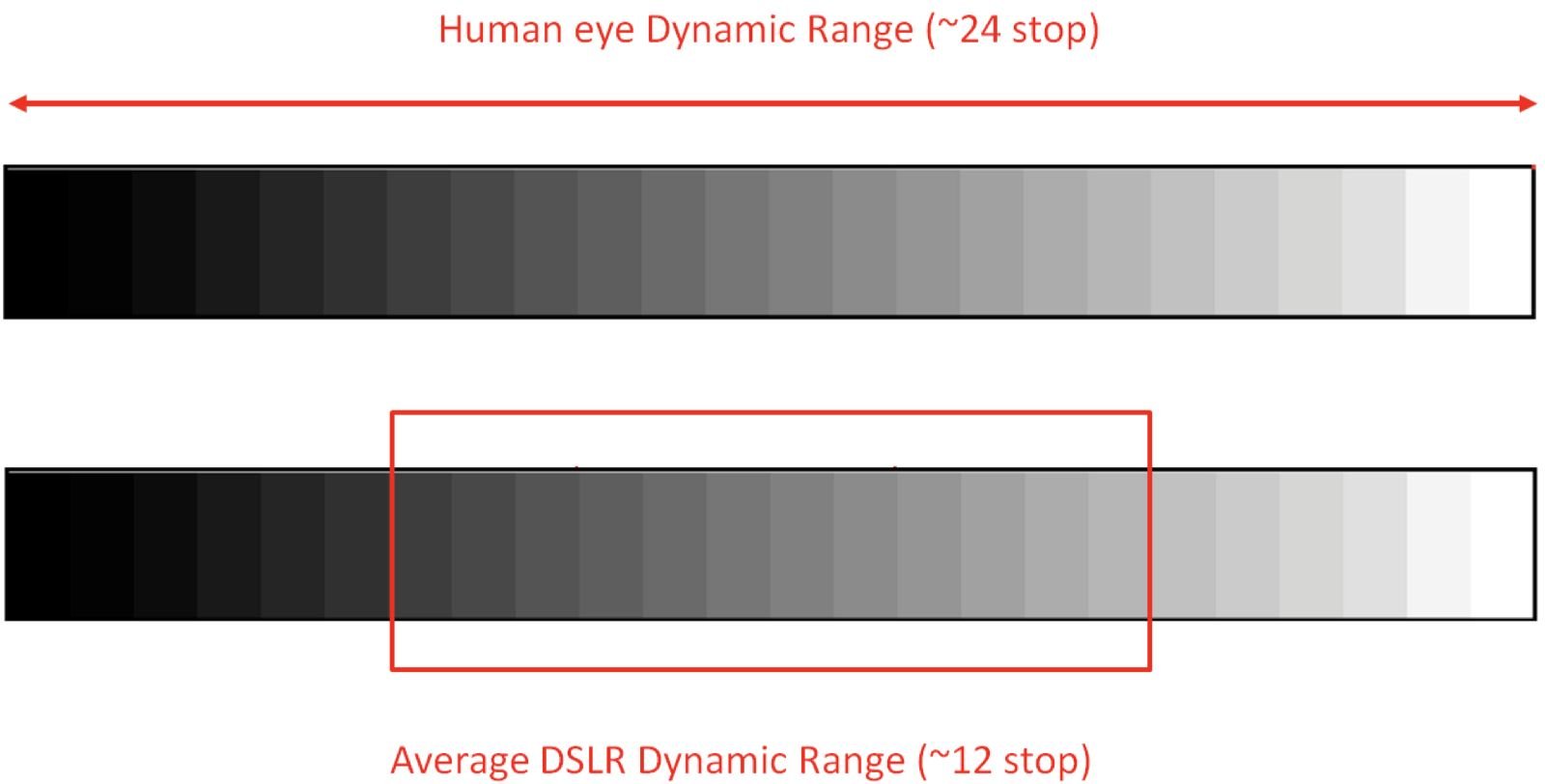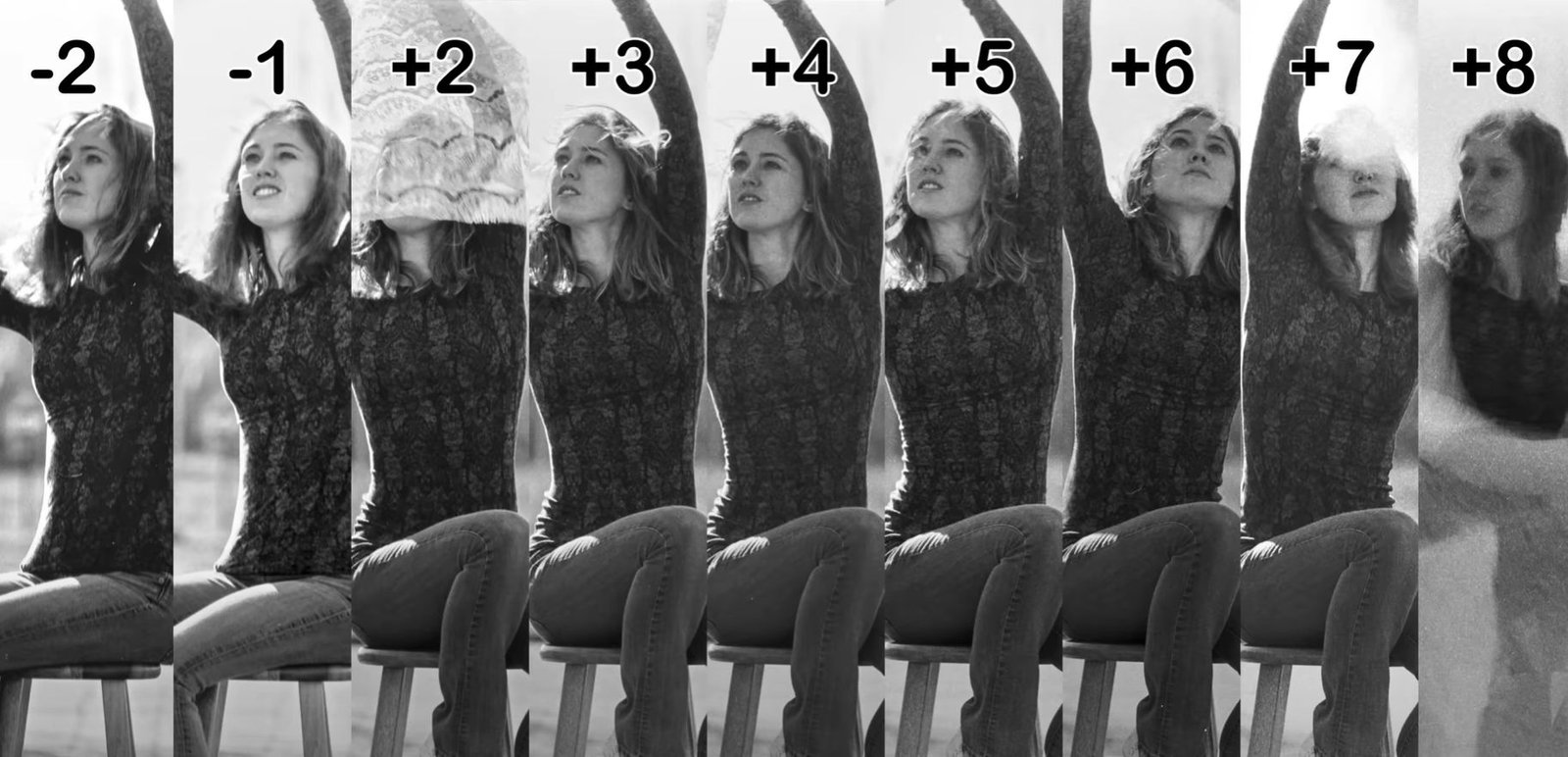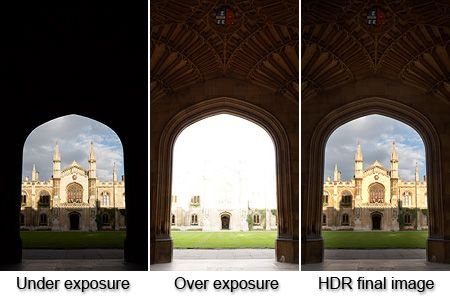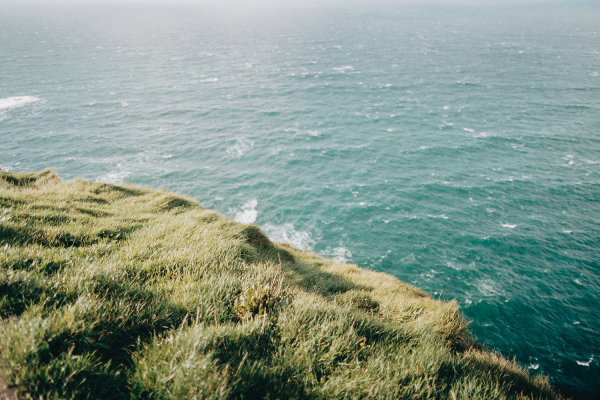Key Takeaways
Dynamic range refers to the span of light tones a camera can capture, from the darkest shadows to the brightest highlights.
A wide dynamic range in photography allows for more detail in both highlights and shadows, offering greater creative control.
Choosing the right film stock and understanding its exposure latitude is crucial for capturing scenes with varied lighting.
What Exactly is Dynamic Range?
Imagine you’re standing in a dimly lit room, gazing out of a window to a sun-drenched garden. Your eyes can marvel at the details of both the shadows inside and the bright outside world. That’s because our eyes have an amazing ability to perceive a wide range of light levels. In photography, we have a term for this: dynamic range. It’s the span from the darkest shadow details to the brightest highlight details your film can capture without losing information. And just like our eyes, some films can see more than others.

Photo by https://www.studiobinder.com/
Why Dynamic Range Matters in Every Shot
Understanding the dynamic range of your film camera is crucial for capturing images that are rich in detail and texture. By mastering the interplay between light and dark areas, you can ensure that every shot you take preserves the highlights and shadows, bringing your photographs to life. To delve deeper into this topic, check out our guide on the relationship between aperture, depth of field, and shutter speed in film photography.
Why bother with dynamic range? Because it’s the difference between a flat, uninteresting photo and one that sings with detail and emotion. It’s what separates the snapshots from the art. A photo with a well-managed dynamic range has depth, it has soul, and it tells a story. It’s like listening to music in stereo versus mono – the full orchestra versus just one instrument.

Photo by https://www.analog.cafe/r/dynamic-range-in-film-photography-91uh
Preparing to Shoot: Matching Film with Scene Dynamics
Before you even think about snapping a picture, you need to understand the lighting of your scene. Is it high noon with the sun blazing down, or are you capturing the soft glow of twilight? Different lighting conditions require different film stocks. Some films are the strong, silent types with a narrow dynamic range that can handle the subtleties of studio lighting. Others are the life of the party, ready to embrace the wild contrasts of a landscape bathed in sunlight and shadow.

The first step is to get to know your film. Each type has its own personality, its own tolerance for light – we call this ‘exposure latitude‘. It’s the wiggle room you have to over or underexpose your film and still get a usable image. A film with a wide latitude won’t bat an eye at a bit of overexposure, while a film with a narrow latitude needs you to nail the exposure just right.
Now, let’s get into the specifics of aperture, depth of field, and shutter speed in film photography.
For scenes with high contrast, pick a film with a wider dynamic range.
If the lighting is more controlled and even, a film with a narrower dynamic range can give you richer colors and better contrast.
Always check the film’s box or datasheet for the exposure latitude to guide your choice.
Most usable dynamic range of film is from – 2 stops to + 10 stops for the best photos

Spot Metering: Measuring Light with Precision
Once you’ve chosen your film, it’s time to measure the light. Spot metering is your best friend here. It’s like having a magnifying glass for light, allowing you to measure very specific areas of your scene. This way, you can understand the range of light you’re working with and adjust your exposure accordingly.
Here’s how to do it:
Point your spot meter at the darkest area where you still want to see detail, and note the reading.
Do the same for the brightest area where you don’t want to lose detail.
The difference between these two readings is your scene’s contrast range, which you’ll match against your film’s dynamic range.
Understanding the dynamic range of your film camera is crucial for achieving the desired aesthetic in your photographs. It refers to the range of light intensities from the darkest shadows to the brightest highlights that your camera can capture. Mastering this can help prevent overexposed highlights and underexposed shadows, ensuring that your images have balanced exposure throughout. To get a better grasp on this, consider reading our detailed light meter guide which can greatly aid in understanding and controlling the dynamic range in film photography.

Photo by https://sellugsk.live/
Filters at Work: Controlling the Light
When you’re facing a scene with a dynamic range that’s wider than your film can handle, a filter can be the equalizer. Think of filters as sunglasses for your camera – they can reduce glare, balance light, and add a dash of drama to your images.
Neutral Density (ND) filters: They’re like a dimmer switch for the light, perfect for toning down bright skies.
Graduated ND filters: These are half clear, half shaded, and are great for balancing out a bright sky with a darker landscape.
Polarizing filters: They can reduce reflections and enhance colors, giving you more control over the light that reaches your film.
Most importantly, practice with your filters. Get to know how they affect your film and your final image. It’s a dance between the light, the filter, and the film, and you’re the choreographer.
Filters are not just tools; they’re part of your creative expression. So use them to tell the story you want to tell, with all the shades of light that your film can capture.
Watch this amazing video for better understanding
FAQ
What is the difference between dynamic range and exposure latitude?
Dynamic range and exposure latitude are related but distinct concepts. Dynamic range refers to the range of light tones a film can capture from the darkest shadows to the brightest highlights without losing detail. Exposure latitude, on the other hand, is the degree to which a film can be overexposed or underexposed and still produce acceptable results.
Films with a wide dynamic range can capture a greater spectrum of light and shadow details, while films with a wide exposure latitude are more forgiving of exposure errors. Knowing both the dynamic range and exposure latitude of your film will help you make informed decisions about exposure and development.
How can I avoid losing detail in shadows and highlights?
To preserve detail in both shadows and highlights, it’s crucial to meter carefully and choose your exposure based on the most important elements of your scene. Spot metering can help you measure the light in these critical areas. If you’re working with a scene that has a wider dynamic range than your film can handle, consider using graduated ND filters to balance the exposure or altering the development process through pushing or pulling.




Leave a Reply